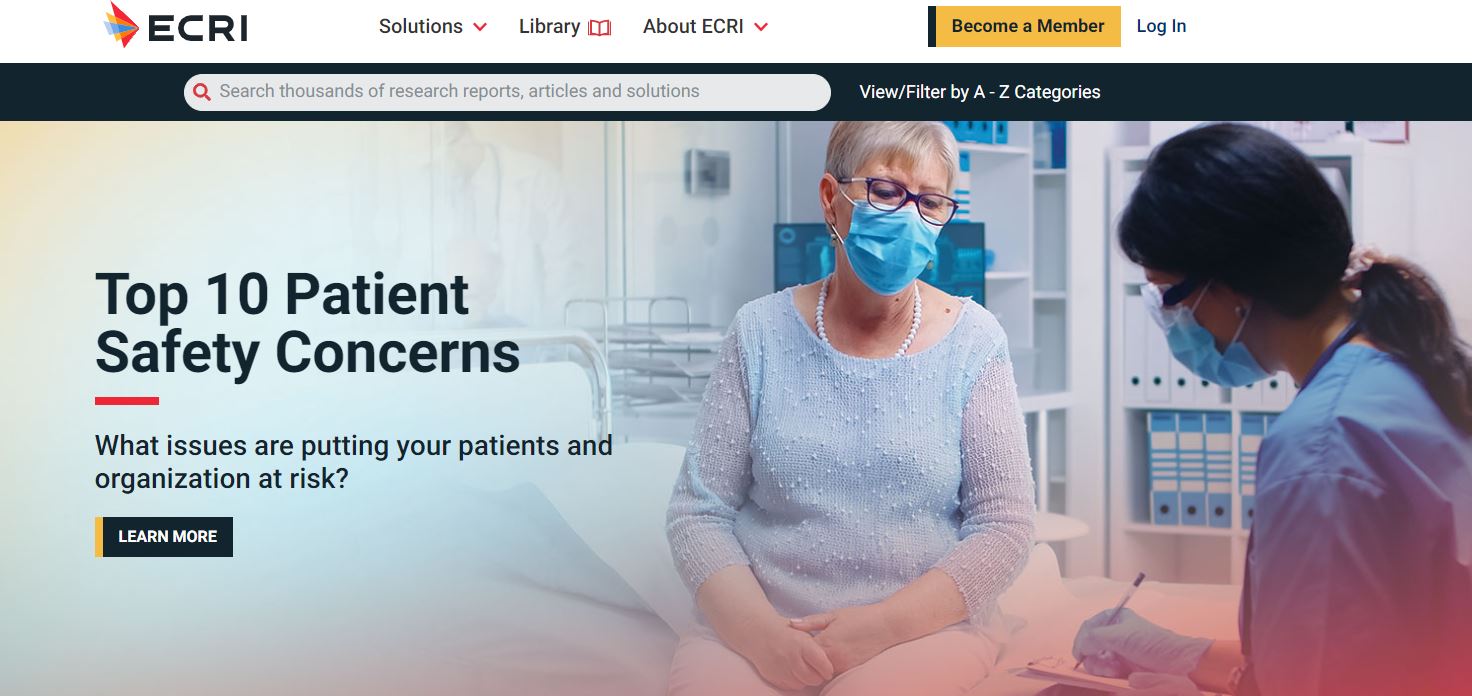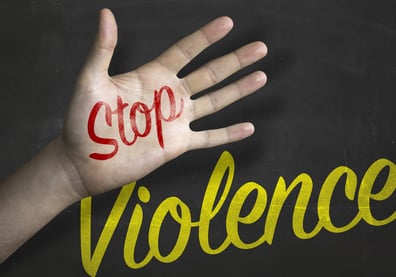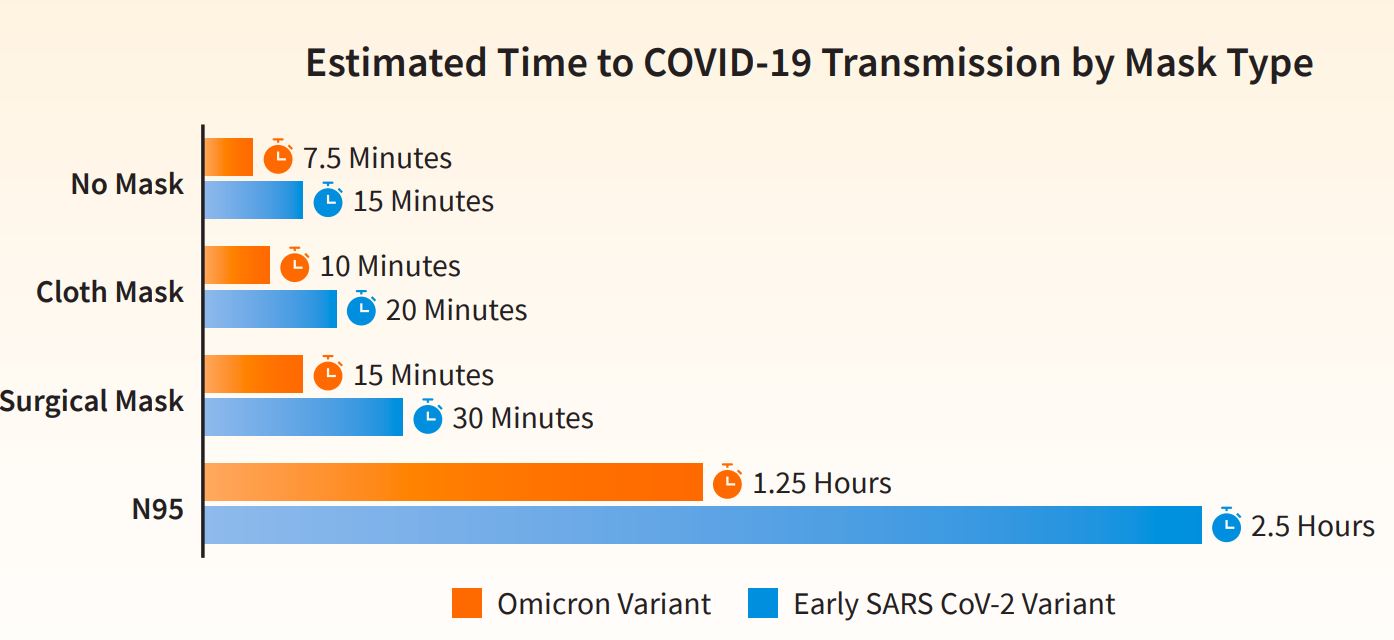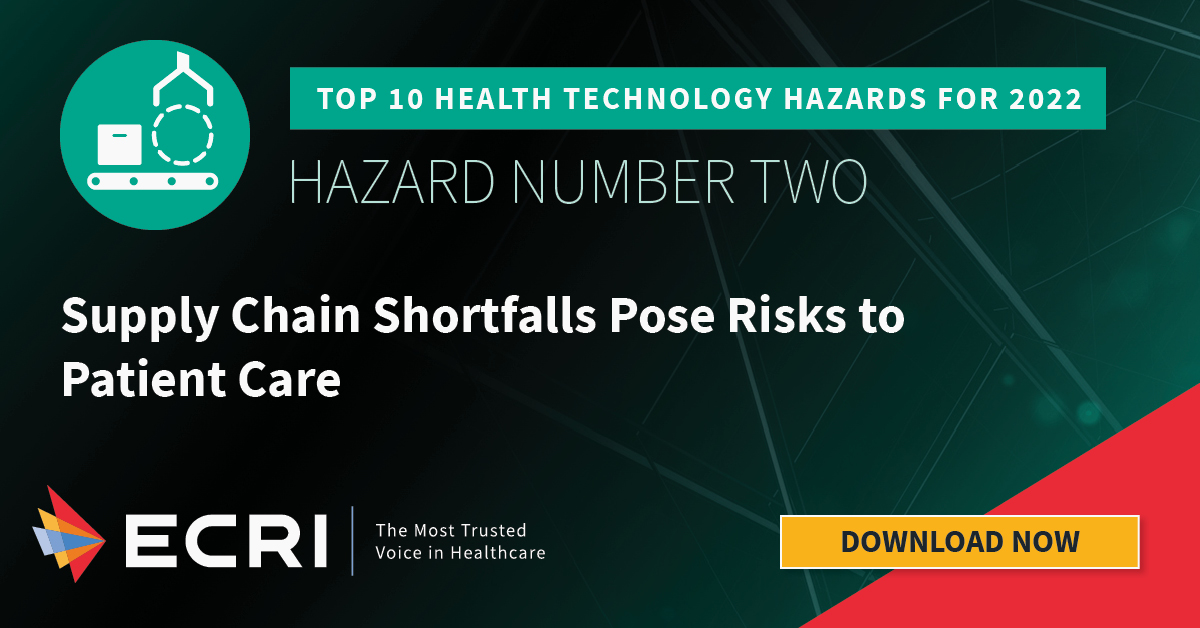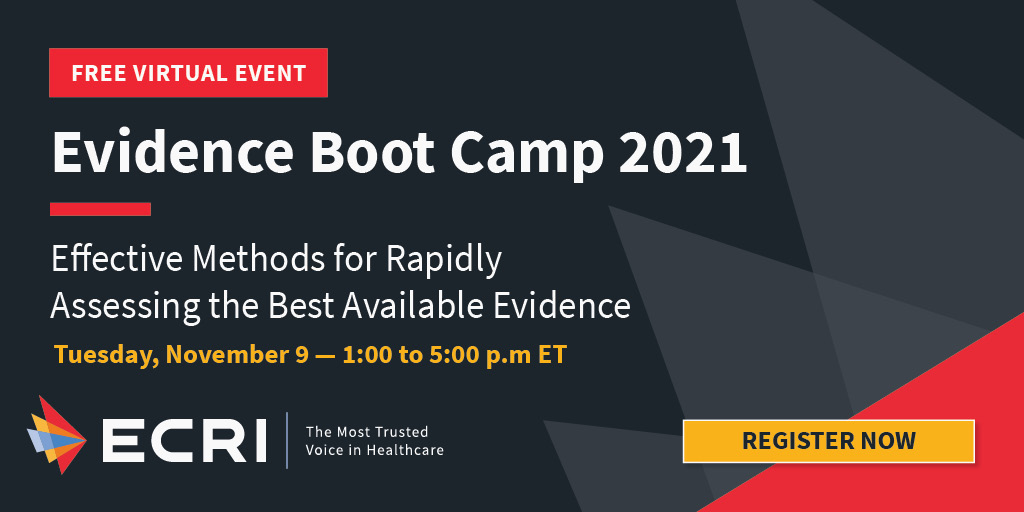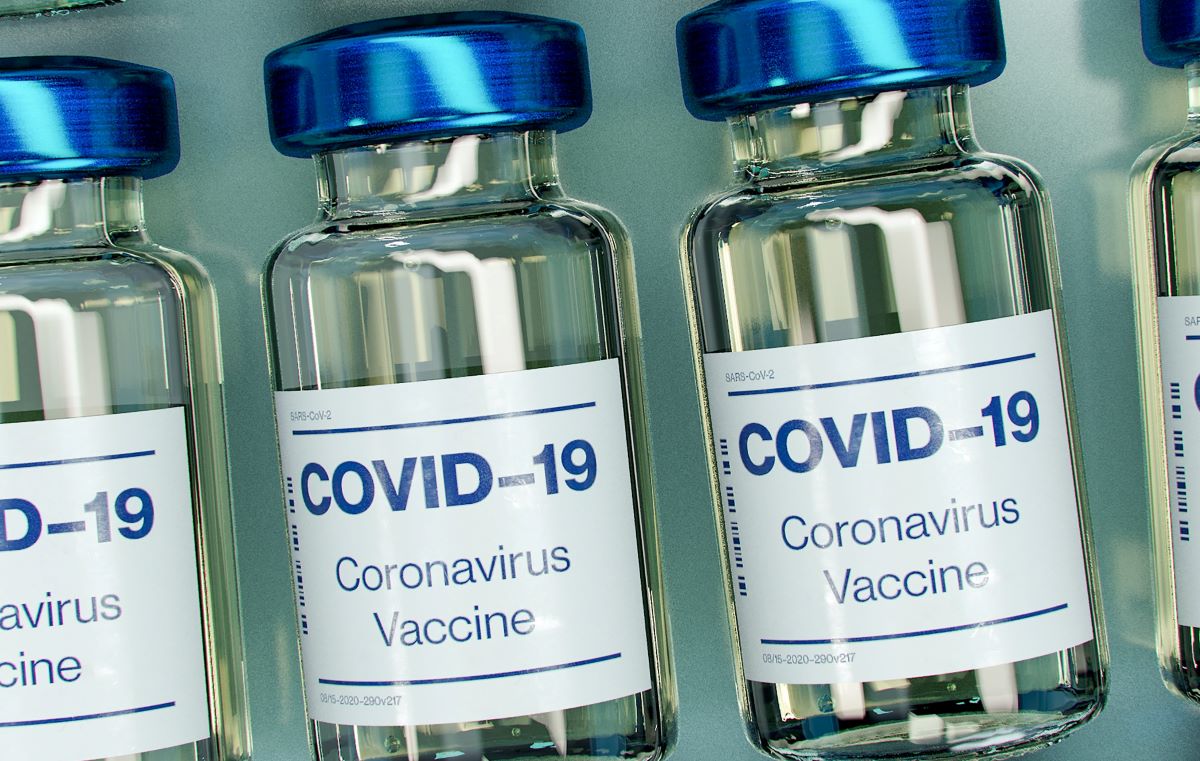"Communication failures cost 1.5 times as much as claims without communication failures, and were more than twice as likely to result in a payout of more than $1 million," the Journal of Patient Safety study noted.
Roughly 20,000 malpractice claims are filed annually in the U.S. alone, and half of all physicians will be sued sometime during the course of a career. During the pandemic, lower numbers of claims were reported from some institutions, but others, such as those in aging services, continue to face this challenge without relief. And even with some reduction in occurrences, malpractice insurance rates continue to rise. Most importantly, claims are tied to patient care and safety, the metric most important to those who work tirelessly to provide care during what is now the third trying year of this pandemic.
Newly published information reveals ineffective and non-existent communication as significant threats to patient safety. You might ask, “How can communication be such a problem when we work closely together, huddle, and meet often?” It’s a oversimplified example, but we all remember the childhood game of “whisper down the lane,” where the original message never matched the message received by the last person in the line.” Communication can be incomplete, misinterpreted, or flat-out incorrect. The good news is, there are ways to improve communications and subsequently improve patient safety and reduce medical malpractice claims.

